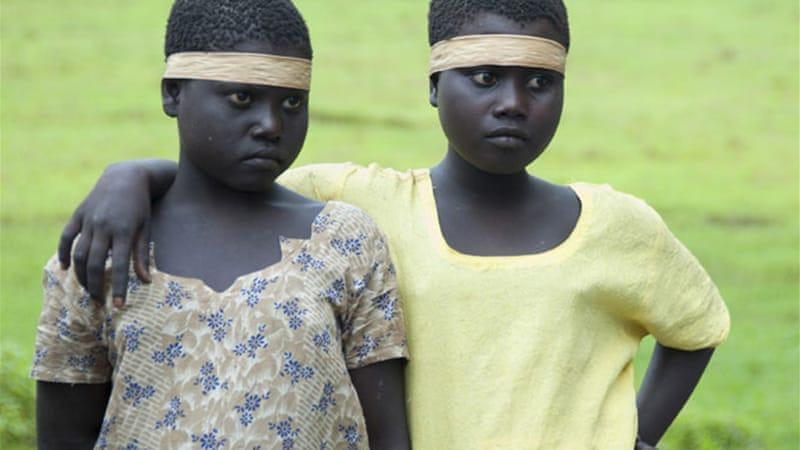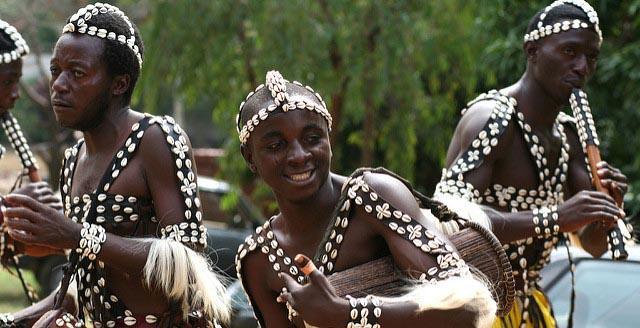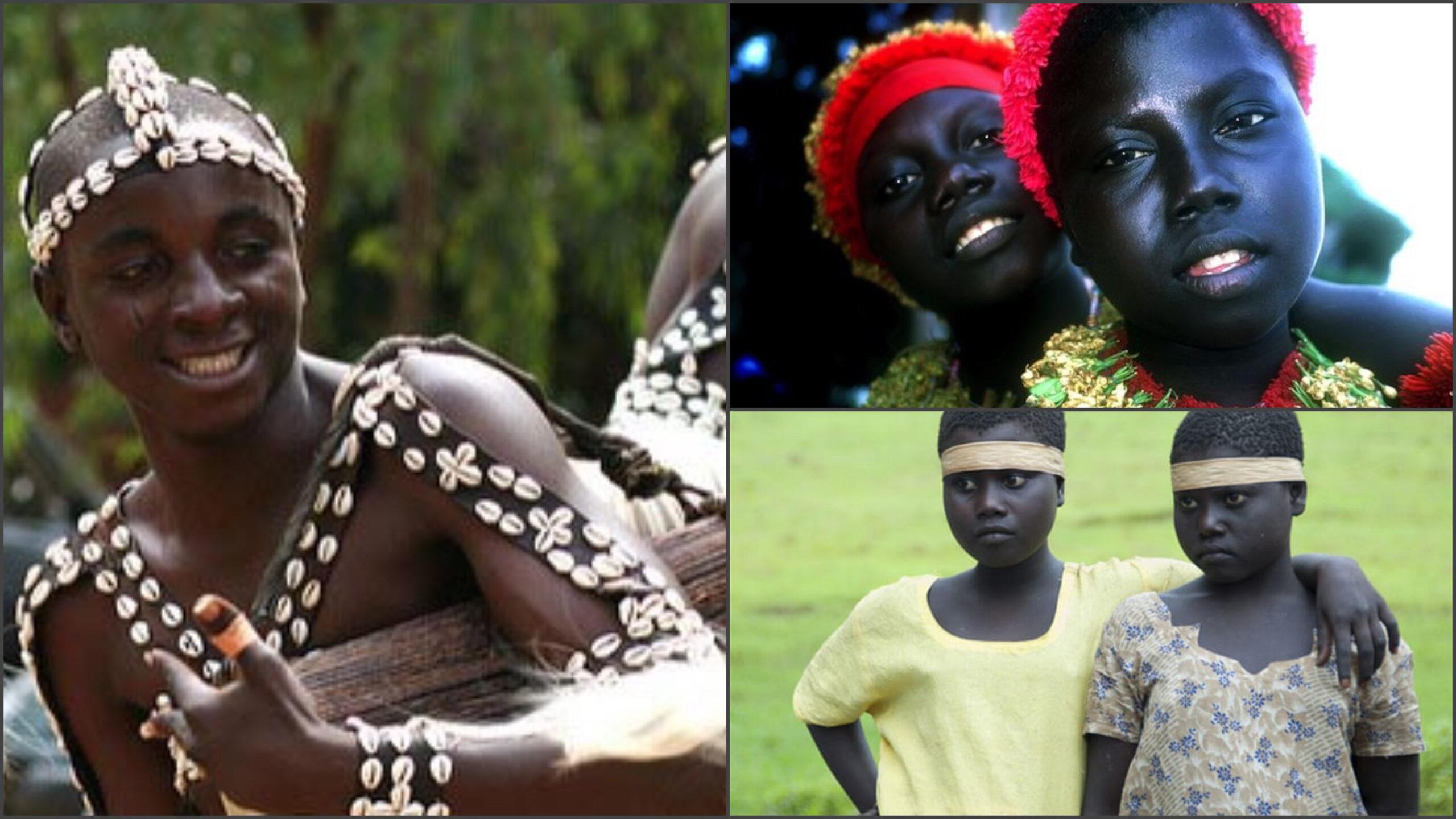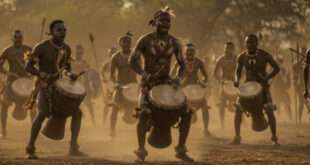Many of us may not believe this tribe is actually from India because they look Africans. Yes, because you were not told.
The Jarawas are the indigenous tribe of India. They live on South Andaman and Middle Andaman Islands and they are estimated to be between 250 and 400 people today.
Their contact with externals was generally disregarded, and much of their society, culture and customs were not very well known. It helped them kept their traditions. Contacts have increased ever since the 1990s between Jarawa groups and externals.

By the 2000s, in settlements, some Jarawas had become frequent visitors, where they trade, communicate with outsiders, get medics, and even send their children to school.
For a long time, the Jarawas were around. They are believed to be descendants of the Jangil tribe and they’re estimated to have been in the Andaman Islands for over two millennia.
The Jarawas have been culturally as much linguistically as the Greater Andamanese, who over the years have not survived.
The early Jarawa colonizations revealed an early migration of people through south Asia and suggested that genetical similarities with African groups merged.

They are often thought to represent Africa’s first effective tribe. The inference that the Andaman Islanders have been isolated for quite a time is based on any sort of evidence of Jarawas – social, economically, historically, archaeologically, linguistically, phänotypically and genetically, which indicates that despite its modernization they have survived.
The Sentinelese and Onge tribes are one of the three remaining tribes in the area. The triad has a typological — not conceitual — basis, which suggests a historical division of considerable depth, with the Greater andamanese language clade.
 The African History Truly African
The African History Truly African

